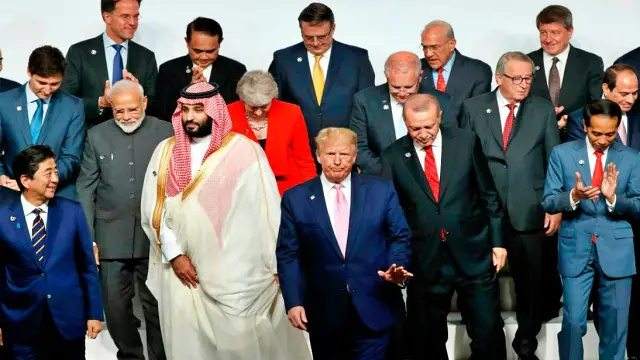Understanding the ICC’s Code of Conduct: A Closer Look
In 2013, Australian cricket captain Michael Clarke faced a fine of 20% of his match fee. This penalty came from Jeff Crowe, the match referee for the International Cricket Council (ICC). The fine was issued under rule 2.1.4 of the ICC’s Code of Conduct, which addresses “using language or gestures that are obscene, offensive, or insulting during an International Match.” This was classified as a Level 1 charge, the least severe type.
Key Points
Misunderstandings About the Code of Conduct
Many fans misunderstand how the ICC’s Code of Conduct works. Match referees can’t initiate charges on their own. They can only act when a charge is formally brought by umpires, team management, or cricket board CEOs. This limitation explains why some incidents that seem worthy of a charge go unpunished.
In Clarke’s case, England’s James Anderson raised concerns about Australian sledging. Once he did, umpires were more likely to report the incident. It’s surprising that players don’t use this reporting system more often. Now that Clarke has admitted guilt, England’s players might want to keep a close watch on him. If he offends again, the consequences could be more severe, potentially leading to suspension.
The Nature of Sledging in Cricket
Sledging is a complex issue. It relies on an unspoken agreement that players won’t involve umpires in on-field banter. This understanding allows players to engage in verbal exchanges without formal repercussions. Some liken sledging to playful teasing among schoolchildren, albeit among highly skilled athletes.
Clarke’s comments were interpreted as a “physical threat” to Anderson. However, many in the cricket community disagree with this view. Terms like “chin music” are commonly used in cricket, celebrating the art of fast bowling. The great West Indian bowlers, for instance, often communicated a physical threat through their mere presence and intense stares, rather than words.
The Role of Physical Threats in Cricket
The idea of a physical threat is inherent in the game. Clarke’s alleged offense was simply stating what every team with a fast bowler aims to convey: that defending well can come with risks. This physical aspect is not just for entertainment; it’s part of cricket’s very nature. The game is played with a hard ball, and its rules reflect this reality. If physical threats were not legitimate, short-pitched bowling would not be allowed.
The ICC’s Dilemma
The ICC finds itself in a tricky situation. Clarke’s comments were broadcasted, which made the situation more complicated. While his words may not have been offensive, the ICC felt pressured to act. Anderson’s complaint shifted the situation outside the informal agreement between players, making it a matter for the officials.
The Code of Conduct aims to regulate player behavior, but it’s a challenging task. Different cultures perceive actions differently. For example, what is acceptable in Australia may be seen as offensive in India. This discrepancy became evident in 2001 when six Indian players were charged in a single match, leading to significant backlash.
The Evolution of the Code of Conduct
In response to past controversies, the ICC transferred the responsibility of bringing charges from referees to umpires. This change aimed to create a more consistent application of the Code. However, it has led to a piecemeal approach, where umpires only report clear-cut cases. The Code has become both broader and more specific, covering various behaviors but often failing to address the nuances of player interactions.
Sledging: A Double-Edged Sword
Sledging remains a contentious issue. The ICC’s approach to it has never been satisfactory. Players’ perceptions of what constitutes acceptable sledging vary widely. For instance, Australians were outraged when Andrew Symonds was allegedly called a monkey, yet they reacted differently when one of their players faced similar accusations.
Many believe that verbal sledging should be allowed. It’s more reasonable to view sledging as a part of the game than to focus on policing it. Trying to regulate sledging is akin to managing passionate debates. The essence of sledging is a challenge or a claim of superiority, which only crosses a line when it invades personal space.
A Call for Substance Over Appearance
If the ICC prioritized substance over appearances, it would allow umpires to manage sledging as they see fit during matches. This approach would keep the game’s spirit intact while ensuring that players are held accountable for their actions.
In conclusion, the debate surrounding sledging and the ICC’s Code of Conduct is far from over. As cricket evolves, so too must the rules that govern player behavior. The balance between maintaining the game’s integrity and allowing for competitive banter is delicate, but essential for the sport’s future.



















